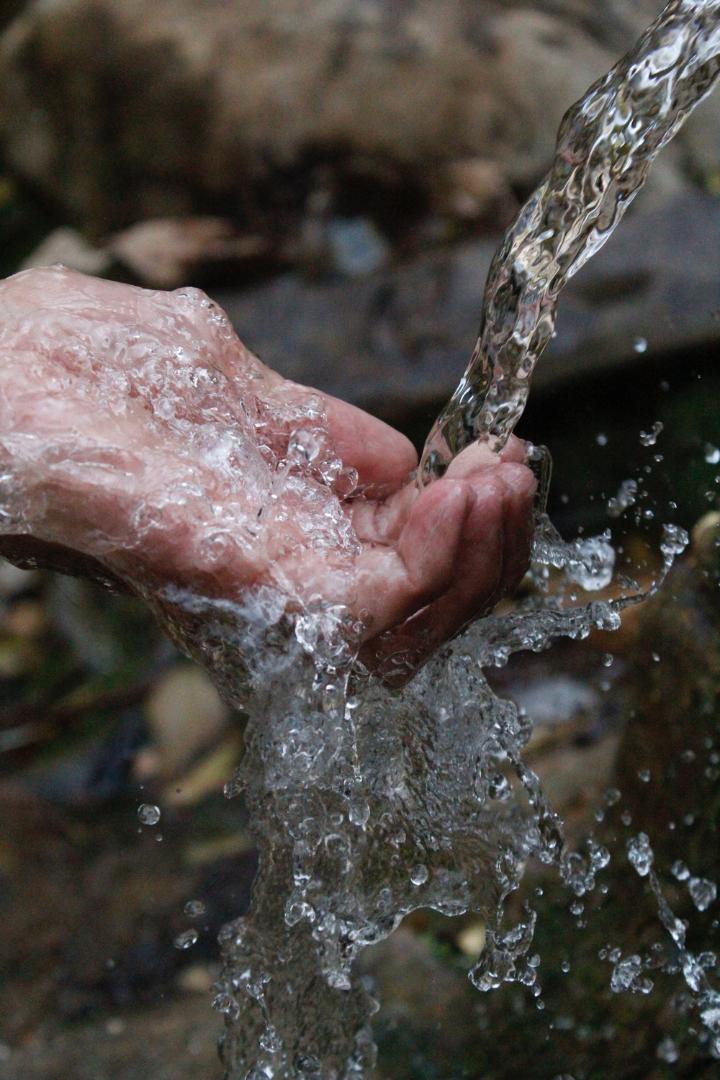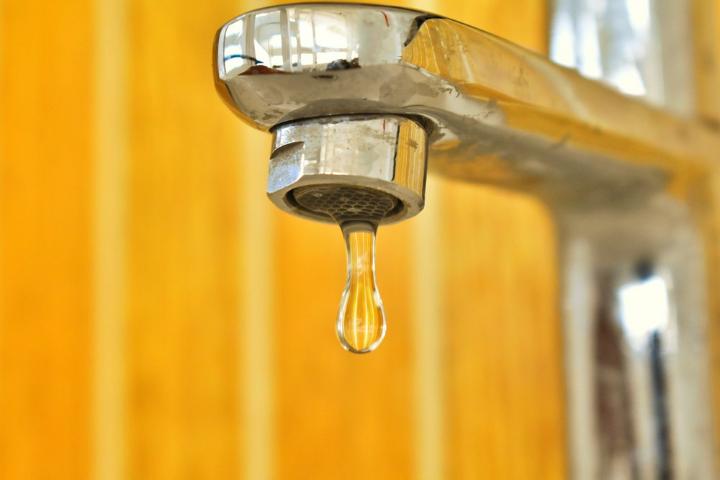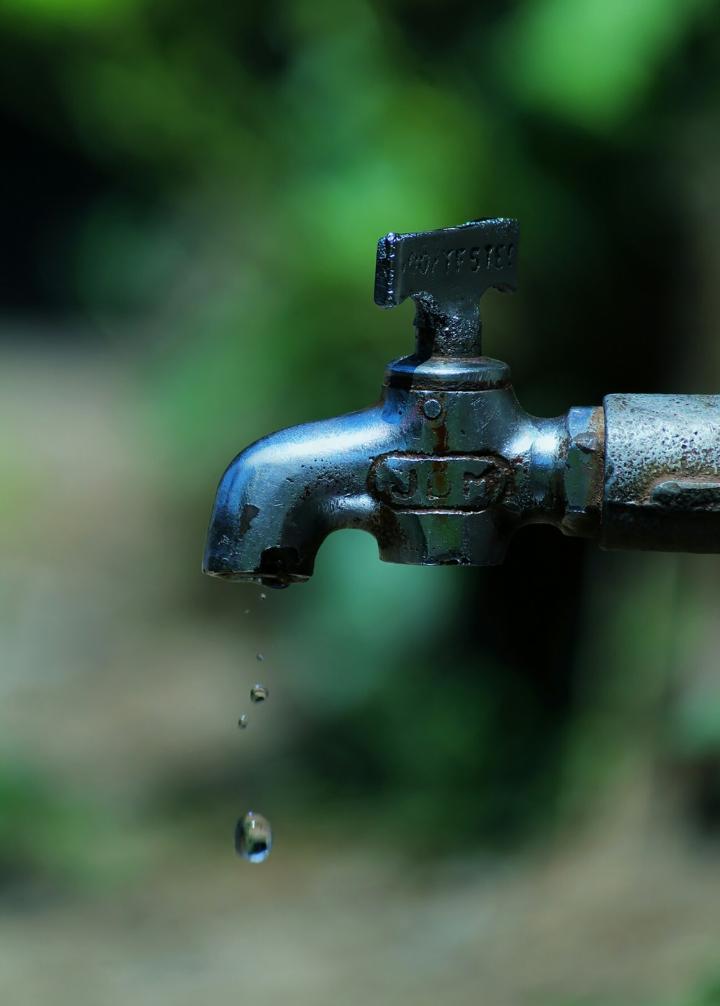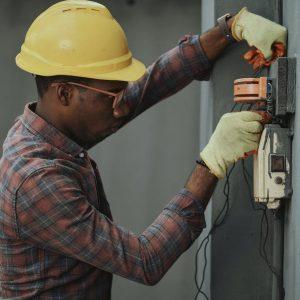Low water pressure at home can easily get on your nerves. It may not seem like a significant problem for many, but too little water pressure that you initially don’t pay heed to can seriously cost you time.
Imagine getting into the shower every morning to the thinnest stream that neither satisfies nor cleanses you properly. Not an ideal situation, right?

How about waiting for half an hour for your sink to get filled for washing dishes?
Dreadful.
These are just two instances where low water pressure at home can make simple chores cumbersome.
However, our question for today is “what causes low water pressure?”
Well, you can put the reasons into two categories. One list of reasons comes from a faulty whole house water filtration system, while the other is linked to issues a building may face.
Let’s explore them in detail.
1. Problems In The Whole House Water Filtration System
People opt for a whole house water filtration system when they want clean water in the entire house. Such water filtration systems are installed at the point where the main water line enters a building.
They clean water from minerals and other impurities such as chlorine and iron. However, a whole house filter can cause water pressure to drop from the ideal 60-70 psi due to the following reasons:

Inadequacy Of The Whole House Water Filter
Sometimes plumbing teams do not consider the average gpm rating of a whole house water filter. This can cause a pressure drop in the faucets throughout the house – think undersized.
Another reason is when too many people start using the water source simultaneously. This makes the system “overworked”, which results in low water pressure as well.
Moreover, the square footage of a house may be exceeding the capacity of your whole house water filtration system, causing a trickle in the faucets.
For more information, here is a complete guide on when and how your whole house water filter system becomes a contributor to low water pressure: High Pressure Guide
Clogging Of The Water Filter Cartridge
Water filters are installed for the long term. It means that they will require proper maintenance to work optimally. With time a system might accumulate debris and this may not necessarily be dirt or dust particles.
Especially if your house’s water source is a well, a home water filtering system will keep accumulating minerals. The process will cause the water filter cartridge to get clogged.
Ultimately, the clogging will cause the water pressure to drop because there’s no space for the water to flow from the filtration unit.
Wrong Type Of Filter Media
An old and worn-out whole house water filter cartridge can reduce a strong jet of water into a trickle. But a whole house filter cartridge does not need to be clogged to have an effect on water pressure. In fact, even a filter cartridge that’s brand new will reduce water flow and pressure. The question is, by how much?
This brings us to the wrong type of filter media on can use at home. Let’s consider an example:
A sediment whole house water filter traps solid particles using surface or depth filtration. The filter’s micron rating will decide over which solids are being trapped and which make it through the filtration process. A 50-micron sediment water filter can remove dirt, rust chips and coarse sand, but will not reduce microorganisms. If you want to remove bacteria and viruses, you need a much finer filter cartridge rated at 1 to 5 microns or even lower. Here comes the problem; the finer a whole house sediment water filter cartridge becomes, the more in restricts water flow and thus output water pressure. So even a cartridge in perfect condition may not be appropriate for your house.
Besides, your water conditions and usage also need to be considered. If your water is overly dirty or hard, floating particles will foul a fine-micron sediment water filter quickly. A filter rated at 50 or 100-micron can handle dirt-laden water much better.
2. Other Issues
Other than the problems discussed above, there may be some plumbing problems causing water pressure to drop. Let’s have a look at them.

Faulty Pressure-Reducing Valve
There’s a pressure valve in your water tank that manages the entire water flow. The usual pressure that a household receives is around 50 psi (technicians set it that way). If it gets lower than the initial setting, you may face a low pressure problem.
You can solve it by turning the pressure adjusting screw on the high-pressure level.
Another reason can be the wear and tear over the years to this pressure valve, which causes it to malfunction.
If you have a faulty valve, you’ll need to replace it as repairing is not a viable option.
Buildup In The Fixtures
With water coming from natural sources, there may be a buildup problem in the faucets and fixtures. A common indicator of a mineral overload in your water supply is the precipitation over faucets and buckets.
Water Usage In The Area
It does not need to be a plumbing issue that’s causing a pressure drop in your water supply. Sometimes, in a neighborhood, when too many people are simultaneously using a single water source, the peak time may cause lower pressure at your house too.
Takeaway
Whether a whole house water filter or another reason, water pressure can get down in many households. The only solution is to keep an eye on the proper maintenance of the water source.
Look out for filter cartridges sized too small for the number of bathrooms and people living in your household. Also, issues such as water filter cartridge clogging or rusted pipes will only require a keen eye to resolve. Using the wrong type of filter media can lead to problems, too.
That’s not it? How about a faulty pressure-reducing valve in your water pressure tank? Or there may simply be buildup in the fixtures. Peak water usage in the area is another thing to check on.




